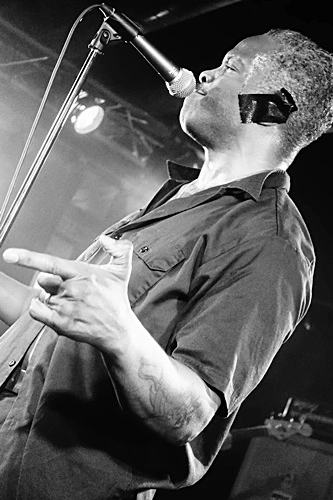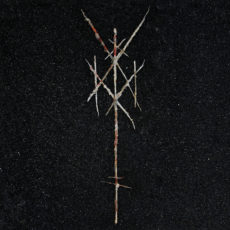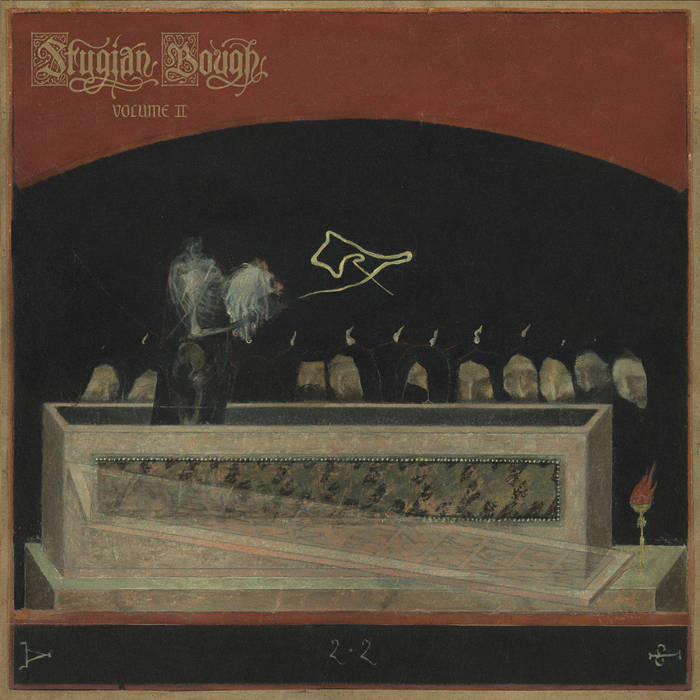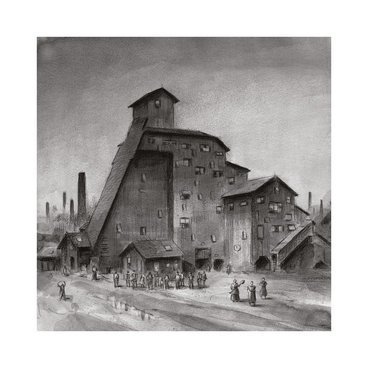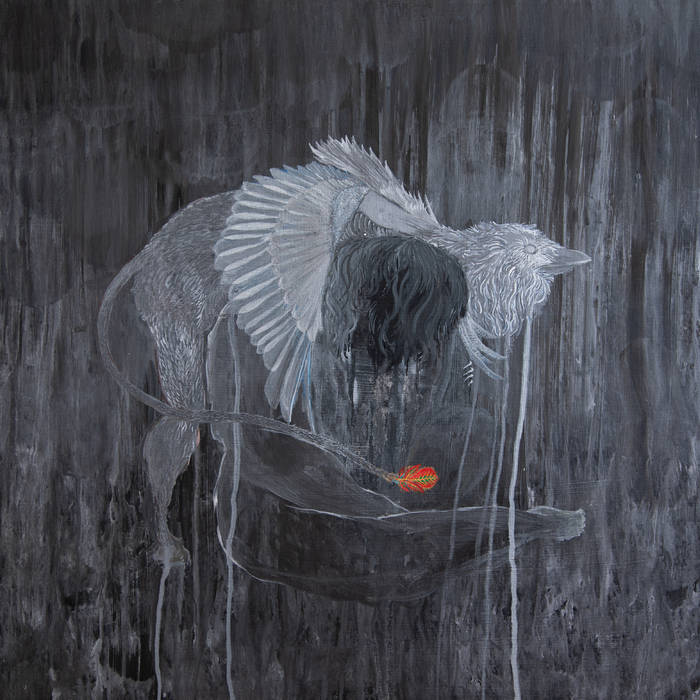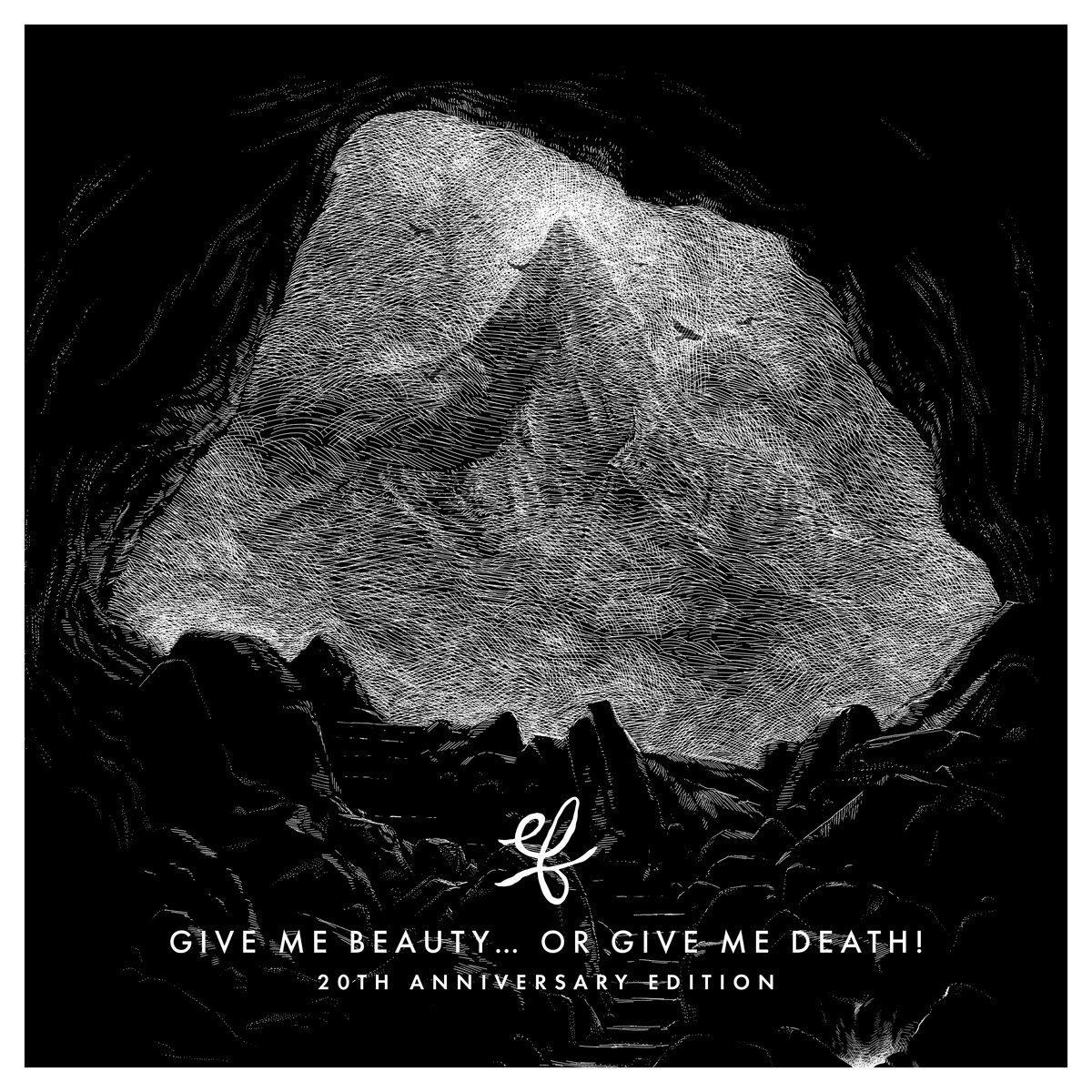Eight Bells from Portland lead the listener a little astray with their hobbit-like cover for their latest full-length Legacy of Ruin. The band’s third full-length is another marker set in stone for what modern progressive metal can be when thinking it more in the vein of Opeth and less Dream Theater. Mood over techniques!
The now trio of Brian Burke on the drums and Melynda Jackson and Matt Solis sharing string and vocal-duties has also found a new home with Prophecy Productions and one might add, that there might not be a more fitting label for Legacy of Ruin as it fills that certain atmospheric and harsh yet never completely overpowering character that many Prophecy releases share.
And it is said atmospheric character that is flowing through all of the tracks on the new album and one major reasons for this are the very fine and clean vocals of Matt and Melynda. They never seem to battle each other, it is more like a dance around, less Walls of Jericho and more Fleetwood Mac. Take a track like ”The Crone” and its long-winding semi-acoustic guitar passages which then lead into a heavy riffing that would be a real asset on any of the latest Opeth records: even here, when both fall into heavy screams, these are never blackened and unintelligible but rather doomy and well-refined. Even with the bass drum attacking at full double-bass-speed they never try to dominate each other and always work in favor of the song, which in this case is one of the best ones on the whole record.
The record is experimental in all its doomy possibilities. In several of the tracks get wonderful guest contributions by Marie Amann on the keys and Andrea Morgan on the violin. One of these features can also be found on ”Premonition”, the last track on the album, which has been graced by Andrea’s violin skills. The track and its very shifty, very jumpy drum sections starts like a very good progressive metal song before it shortly picks up a lot of pace (thus once again highlighting Brian’s skills on the drums). Then it slowly winds down with several death metal growls and a descending guitar line before it spends the last three minutes catching breath and slowly walking away from any kind of rhythm. Finally it ends in a few guitar motifs and very timid drumming giving way to the idea of us having to press repeat or turn the vinyl.
The whole record is blessed by a certain earthiness, the sounds seem to be connected to the last moments of mankind here on earth, before the fall into extinction. Or it is about the last moments in some sort of paradise. Whichever, this earthiness might be connected to the title of record – wherever man is, there is ruin. And thus we are nothing but the destroyers of all the beauty around us.
One cannot but admire Legacy of Ruin for its clarity, its simplicity and its appeal, because it dares to be liked and cherished in a metal world where many artists think that harshness and disdain for the listener is the way to go. But the question remains why they chose the cover?!


